
mentalray 使用环境闭塞 (AO) 作为一个独立的通道
mental ray_Using ambient occlusion (AO) as a separate pass
翻译:小强子606(本站翻译小组成员)
原文:http://jamiecardoso-mentalray.blogspot.com/2010/01/using-ambient-occlusion-ao-as-separate.html
In the latest book, we had covered in detail the usage of ambient occlusion and its settings directly from Max however; we didn’t cover its usage as a post effect in Photoshop or another 2d application:
在最新的书里面,我们已经详细介绍了如何使用环境闭塞以及它在Max里面直接设置的步骤,但是,我们不能忽视它在PS或则其他2d应用程序里使用后的效果
First open the “material editor” dialog, followed by selecting an empty slot and clicking on its main shader toggle.
首先打开“材质编辑器”对话框(快捷键是M),接下来是选择一个空的材质球,点击材质球属性切换按钮(下面示意图红色横线标记的地方)更换材质球。
(如果你用的不是3dsMax设计版本,是3dsMax标准版本,请先按F10,调出渲染面板,手动把渲染期切换成mentalray渲染器,再跟着示意图操作。翻译者提示:)
Once the mental ray parameters are loaded, click on its surface toggle and choose the “ambient/reflective occlusion (3dsmax)” shader , from the material/map browser dialog. Set its parameters as explained in the book; or alternatively use other values that you may be accustomed to.
当mentalray这个材质属性被加载后,点击它surface的条形按钮,在弹出的贴图选择面板里面选择ambient/reflective occlusion (3dsmax)(然后点OK确定)。
书里面有它的参数设置提示(此书的全名是Realistic Architectural Visualization with 3ds Max and mental ray):或者尝试使用其他的值,你会慢慢熟悉的。
Next, open the “light lister” dialog, and turn off the lights in the scene. Note that, this action was taken mainly to ensure that only the “connecting shadows” were apparent on the render and to also avoid other types of light artifacts.
接下来,打开“light lister”(灯光列表)对话框,(翻译者提示:Tools菜单下可以找到light lister),然后关闭场景中的灯光。请注意,这样做是为了确保只有“connecting shadows”是渲染可见的,同时避免了其他类型的灯光影响。
The next step is to prevent the appearance of environment artifacts in the render whilst using the AO shader.
Open the “environment effects” dialog.
Change the background colour to white.
下面的步骤是为了防止使用AO着色器渲染的时候受到环境的影响.
打开“environment effects”对话面白(快捷键是8),改变背景颜色为白色
Uncheck the “use map” function and disable the “exposure controls”.
Whilst the material editor is still opened, also open the “render set up” dialog and expand the “processing” tab.
取消勾选”use map”功能和关掉”exposure controls”。这时材质编辑器仍然打开,同时打开“render setup”对话框,点击展开”processing”选项面板。
Match your image sampling(i.e. 1/16 pixels) quality and the render output size with your final render (i.e. 3000×1662).
匹配你最终渲染的图像采样质量(即1/16像素)和渲染输出尺寸(即3000×1662)。
Next, drag and drop the “ambient/reflective occlusion (3dsmax)” shader from the material editor onto the material override toggle.
下一步,从材质编辑器里面拖动”ambient/reflective occlusion (3dsmax)”这个着色器到material override按钮上,如示意图上的红色划线操作方式(翻译者提示:按钮默认灰色状态,要勾选按钮左边的Enable选项后才能拖放喔)。
Choose the instance method an ok to close the dialog, followed by rendering the scene. The material override is covered in detail in our latest book.
选择实例的方式,点OK确定,关闭对话框,接着进行场景渲染。在我们最新的书里面有材质覆盖的详细介绍。
Once your AO had been rendered and saved, open it in Photoshop with your base render. Place the AO pass layer on top of the base render layer, and use the multiply filter, or another blending filter from the list, that you may find better suited. Also, you may want to use the, add layer mask tool, on the AO pass layer, to control its appearance. Note that this Photoshop tool is also covered in detail in our latest book.
一旦你已进行了AO的渲染和保存,就可以在photoshop里面和你基础渲染图一起打开。把AO通道图层放到基础渲染图层上面,然后使用正片叠底模式,或者下拉菜单中选着另外一个混合模式,那样你可以找到更适合的效果。此外,你可能需要使用一个蒙板工具添加在AO通道图层上,去控制它的表面作用。请注意,这Photoshop工具在我们最新的书里面有详细的介绍。
Note:For specific scenes where one may require using opacity maps;masks;etc;it is recomended to use different AO settings on specific objects manually, as opposed to globally(i.e. material override toggle).
注意: 对于特定场景下可能需要使用透明度贴图;蒙板等等。对于特定的对象建议手动使用不同的AO设置,而不是全部都自动(即材质覆盖按钮)
The image below is another example of a rendered image; with the AO pass overlaid in Photoshop. I hope you like it.
下面的渲染图是另外一个例子,在Photoshop里面叠加了AO通道,我希望你喜欢它。
Note: I had used extensively the “speckle” procedural map from Max, in the “bright” toggle of the “ambient/Reflective Occlusion…” shader parameters.
Furthermore,the “speckle” procedural map was used in conjunction with a variety of settings and/or dirt textures on individual objects.
注意:我已经广泛使用max的程序贴图”speckle”, 在”ambient/Reflective Occlusion…”材质参数的”bright”按钮里面。(翻译者提示:mentalray材质球的Suface通道里面贴了ambient/Reflective Occlusion之后,里面的参数面板的第2项就是”bright” toggle)。此外,程序贴图”speckle”是配合使用在个别对象的各种设置和/或污垢贴图里。
I hope you have found this post useful.
我希望你已经发现这篇文章有用。


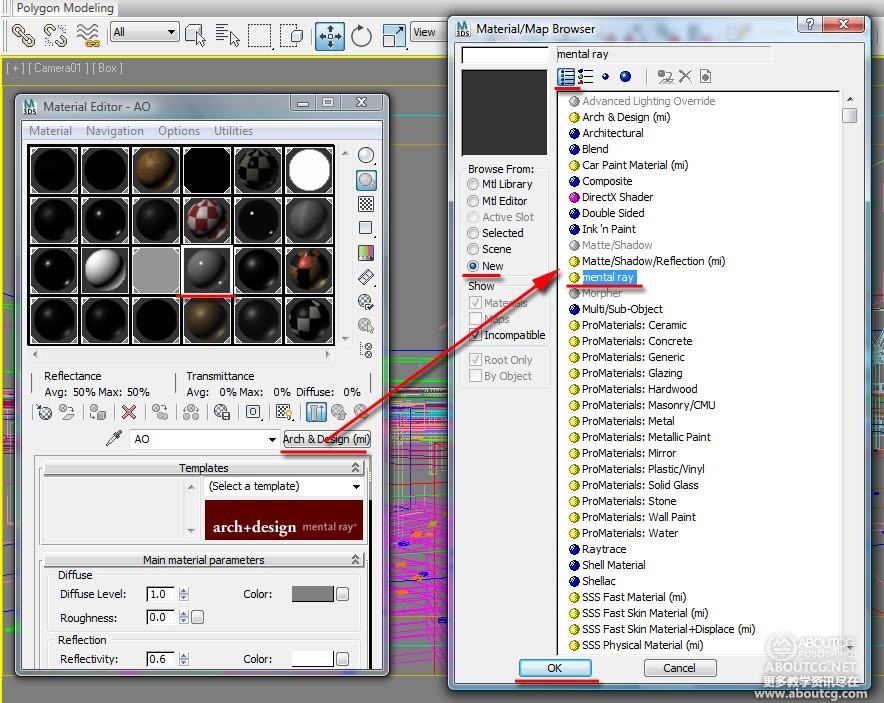
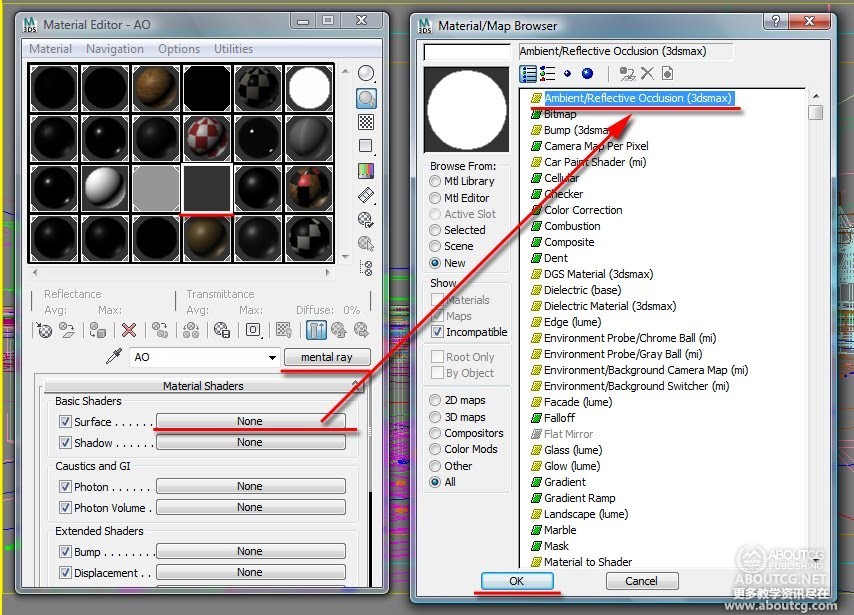
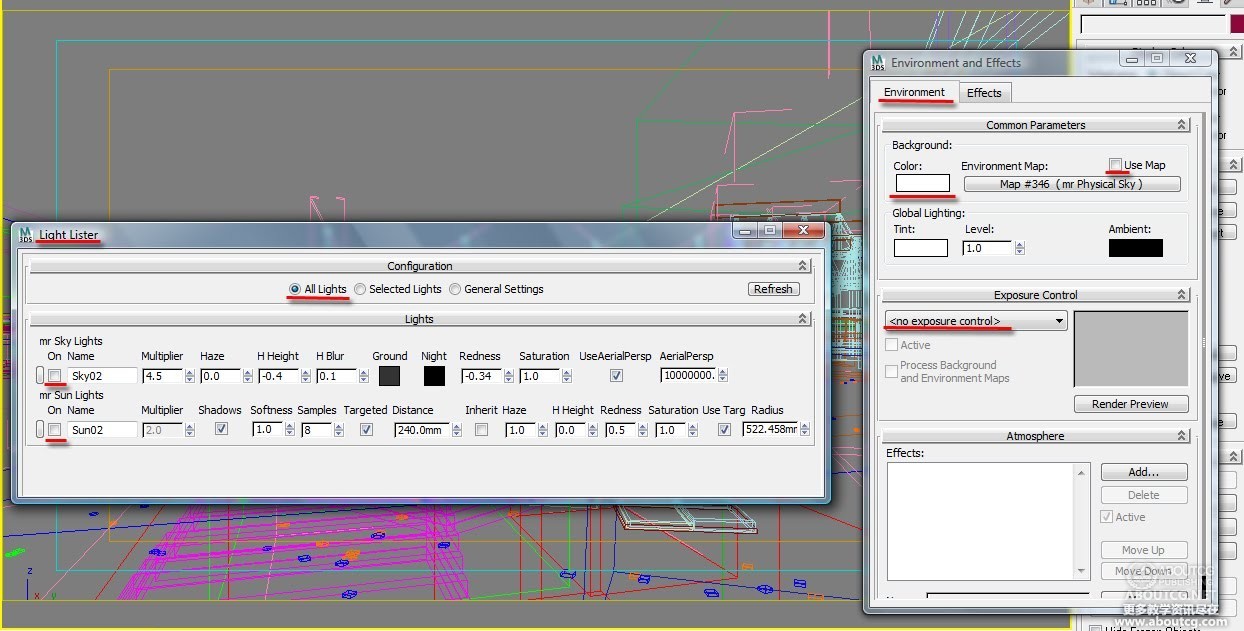

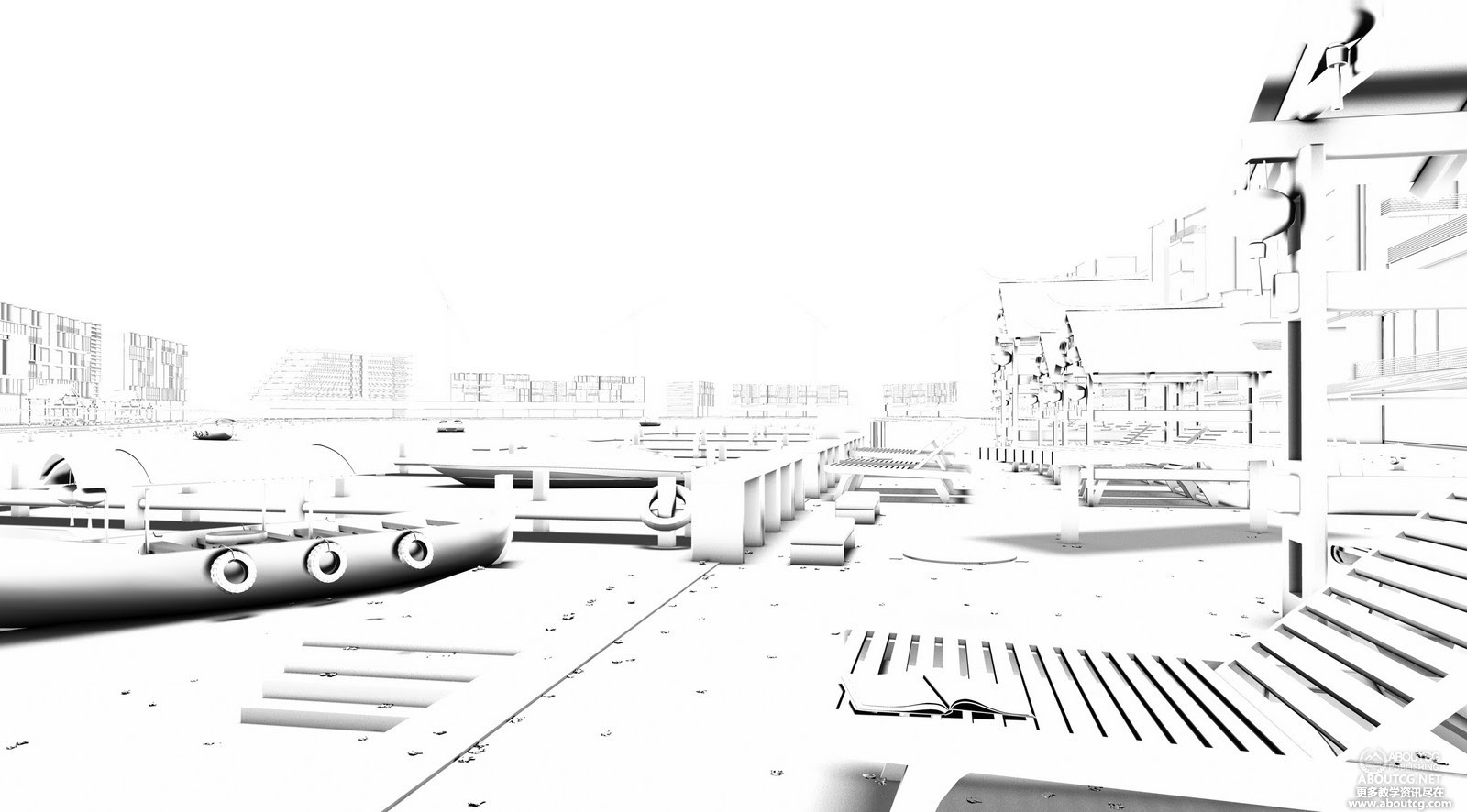


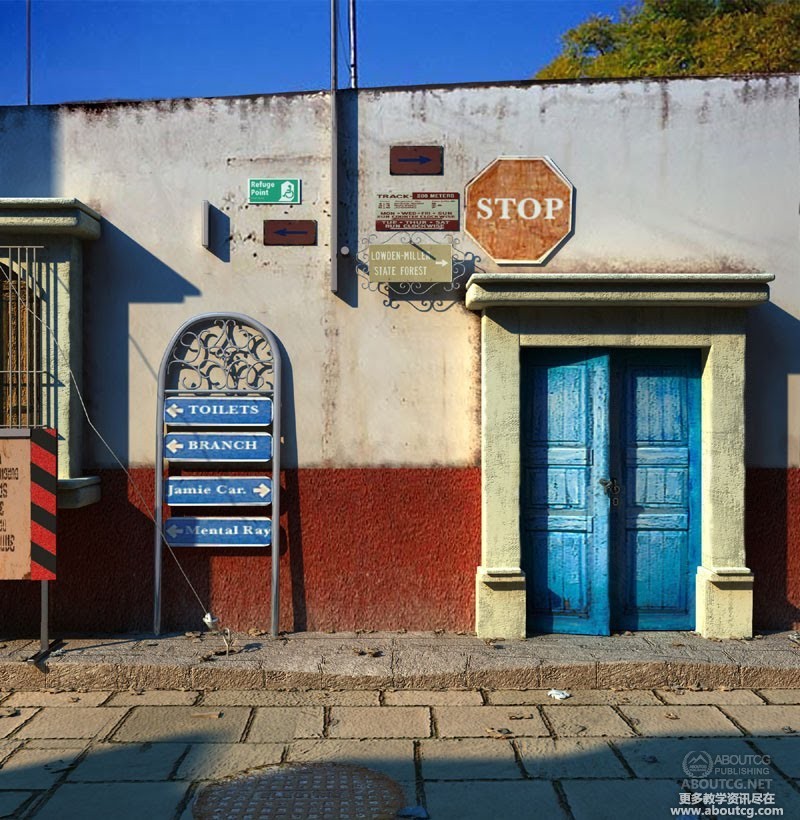
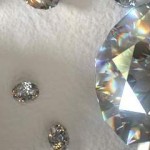
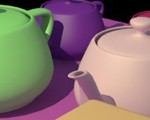
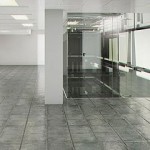
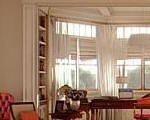
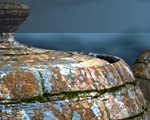
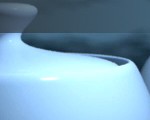
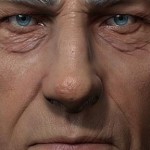
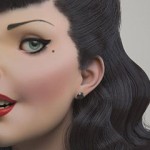
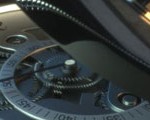
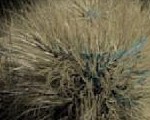

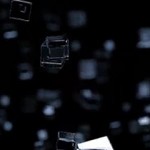
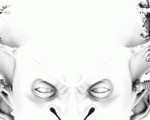
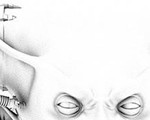
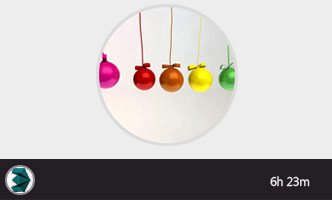
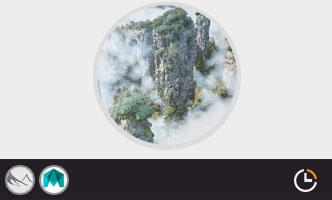
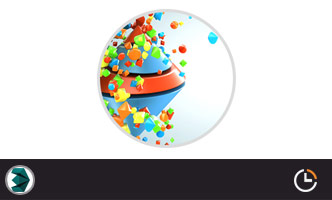
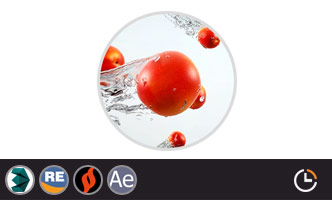
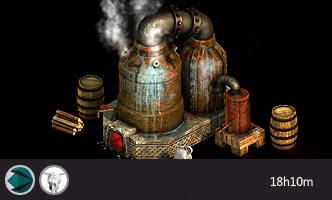

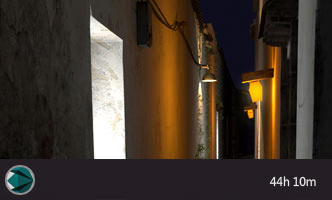

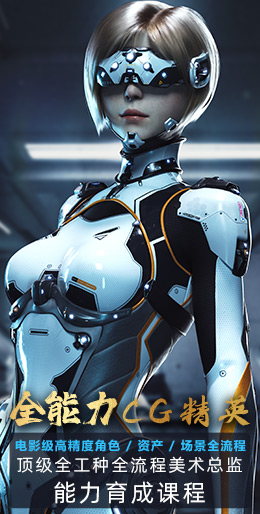


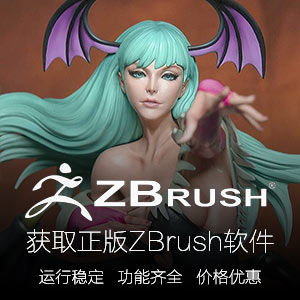

0回复mentalray 使用环境闭塞 (AO) 作为一个独立的通道"